|
Design Gold is a series of short blogs reflecting on an effective element of game design in a game that I am currently playing and how it works to better the overall play experience. Blogs may be updated in the future as my understanding of how that element works changes. If you have known me for any amount of time, you know that I am a fiend for card games. I am particularly fond of collectible card games and deckbuilders as I find their design to be "crunchy" to uncover. Slay the Spire (2018, though technically still in Early Access) is one such game that has managed to hold my attention for over a month now. It is a roguelike deckbuilder where you play as one of three characters (The Ironclad, The Silent or The Defect) climbing a procedurally generated Spire filled with monsters, dangers and odd merchants. Each character starts with a deck of cards and can add new cards to their deck from a pool that is specific to their class. The goal of the game is to use your deck to defeat enemies and ultimately the Bosses of each Act in order to progress up the Spire. That core game loop in itself is pretty fascinating and there is a lot that can be said about the design of the encounters or the cards in each class pool, but for this blog I would like to focus on how the game encourages replayability and experimentation through a small and simple system: Ascension Levels. Before we get into that though, let me talk about the first time user experience of the game before you interact with Ascension Levels. When you first start the game, the player can only play as the Ironclad with a limited card pool. Playing through the first few runs, the player will slowly unlock sets of cards that will slowly expand the card pool and enable new types of decks. They will also slowly unlock the other classes, but not before hitting certain milestones first. This initial period of the game before the player beats Act 3 serves as a tutorial where the player learns how the game functions. For most people, this period will last within their first ~10 runs which is almost 6 - 8 hours in game. All of their efforts are being put towards getting that first Victory, which will be a combination of having memorized parts of the game and lucking into powerful cards and relics that synergize well. Once the player has beaten all 3 Acts with a single character, they will unlock Ascension Mode at Level 1 which adds a modifier to the base game making it slightly more challenging. It is completely optional for the player to engage in this Mode, so playing usually comes from an intrinsic motivation to want to get better at playing the game (but also supported by Achievement unlocks at completing Ascension Level 10 and 20). This simple inclusion will make a player's Slay the Spire play time go from 6 - 8 hours to easily 100 - 200 hours over the course of the next few weeks/months. Now, the goal is not about getting a single Victory, but instead about trying to win consistently no matter what elements of variance the game presents to you in a given run. By engaging in the climb to Ascension Level 20, players will have a chance to play a lot more of the game and thus see more combinations of the game's random elements. This will slowly help break the player's assumed first-order-optimal strategies and highlight new ways to build a deck for a given character. Players will also pay more attention to the map of each Act and thus navigate their way through the Spire with a better acknowledgement of the possible risks. At this point, the player will have unlocked most of their character's card pool and have seen a good number of Relics. This will allow them to make educated guesses about what synergetic elements they need to find and so players will naturally gravitate from tactical plays of their hand in a given turn to strategic plays of balancing resources in a given run. Achievements help in this regard to push players towards extremes of the deckbuilding system and get unique results like decks with 25 Focus, can make 999 Block, can play 25 cards in a turn etc. Players now become part of a new loop where for each Ascension Level, they will feel the incremental increase in challenge prevents them from getting a Victory and keep trying until they succeed to unlock the next Level. Now, difficulty levels have been done in a lot of different games (which will be discussed in detail at a later time) but here the steps are so gradual that it feels less like a power/skill curve wall and more like a hurdle that they can overcome ... if they just played one more run! And note, these are not just increases of challenge in scale (e.g. upping the numbers) but also in kind such as reducing the amount you heal after Boss battles or adding Curses (detrimental cards) to your starting deck. The changes of challenge in kind help highlight cards and Relics that the player might have otherwise passed over and enable strategies that they may have previously believed to be suboptimal or too "janky". The greatest benefit that Ascension Levels provide the players is how it subtly trains them over a long period of time to become more consistent with their play of the game. This period would usually be the "playing pubs" part of any competitive multiplayer game where the player must internalize good habits of play by being consistently defeated by better players. But this implementation feels a great deal better due to the fact that it is a single-player game and the difficulty modifiers are opt-in. Another consideration is that I believe the developers realize their audience will be primarily other card game players who have no doubt internalized a lot of half-truths about the nature of variance. Slay the Spire is surprisingly deterministic where it counts so that each Defeat can be traced back to misplays or deckbuilding faults of the player. The game provides excellent statistics and replay data which players can use to improve. Ascension Levels have done a lot to improve my enjoyment of the game and I will continue playing it until I hit Level 20. In order to create a little more replayability for myself, I have also restricted my play such that I need to clear a given Ascension Level on all three of my characters before I play the next one. And it has served me well! As of writing this blog, I have clocked in ~182 hours of playtime and have gotten up to Ascension Level 12.
I hope that my blog has highlighted what is effective about the design of Ascension Levels and I encourage everyone to give this game a try to experience for themselves what works about this system. Let me know your thoughts on this in the comments. Thanks for reading! Slay the Spire can be purchased on Steam Early Access here. Check out MegaCrit's (the creators) website here.
1 Comment
|
AuthorSwarnava Banerjee is a game designer and programmer. Views expressed in these blogs are his own. Archives
October 2019
Categories |
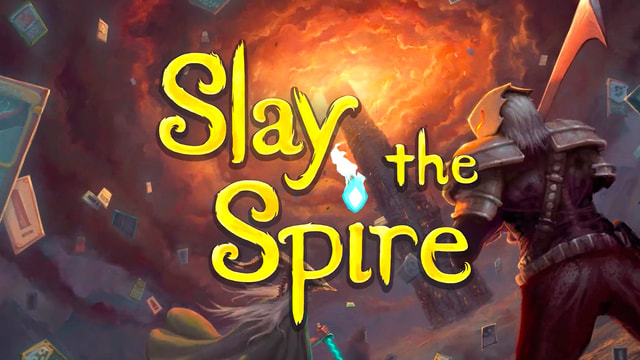
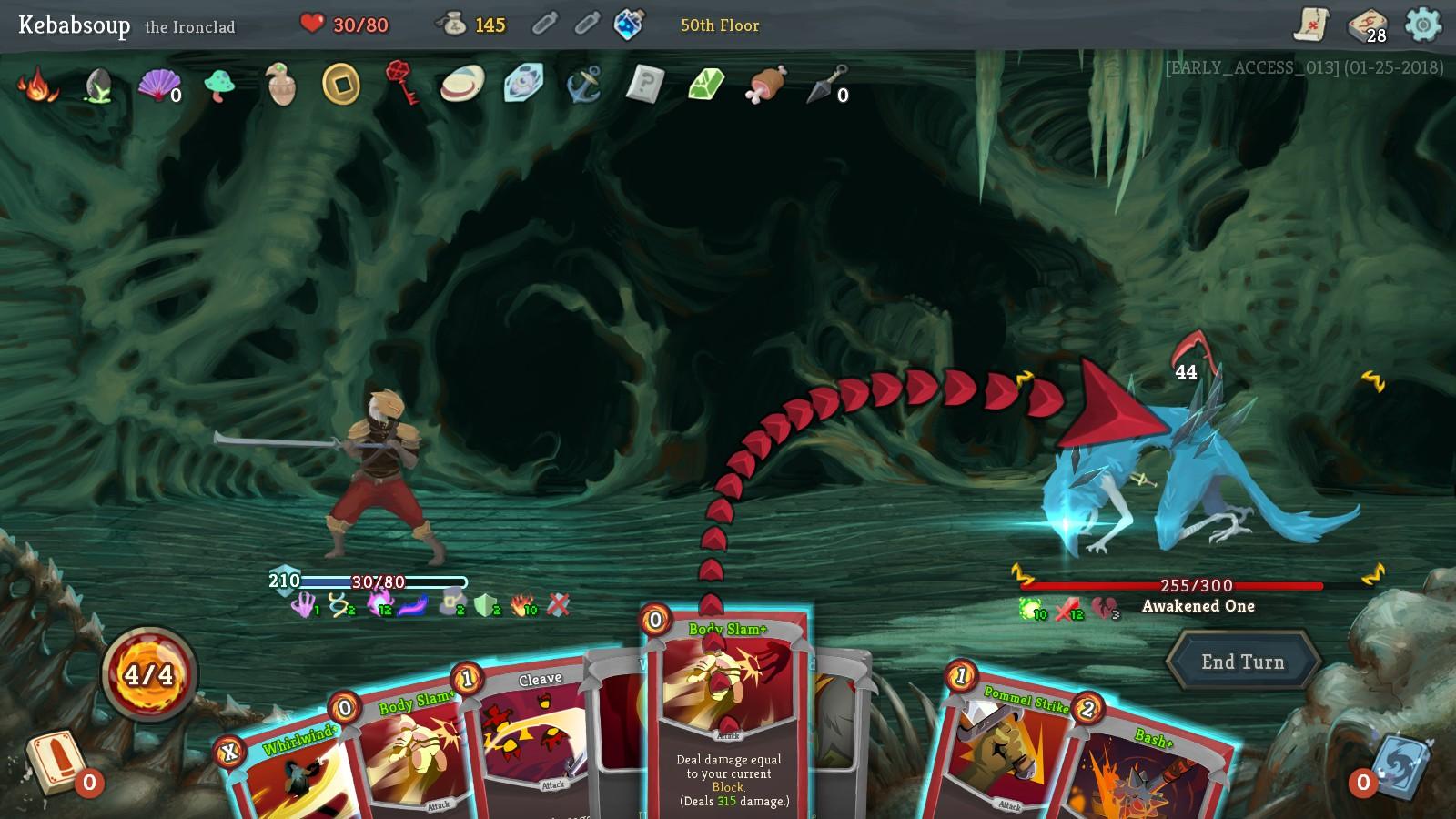
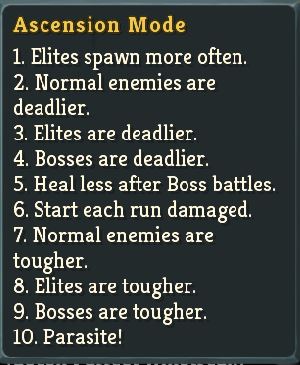
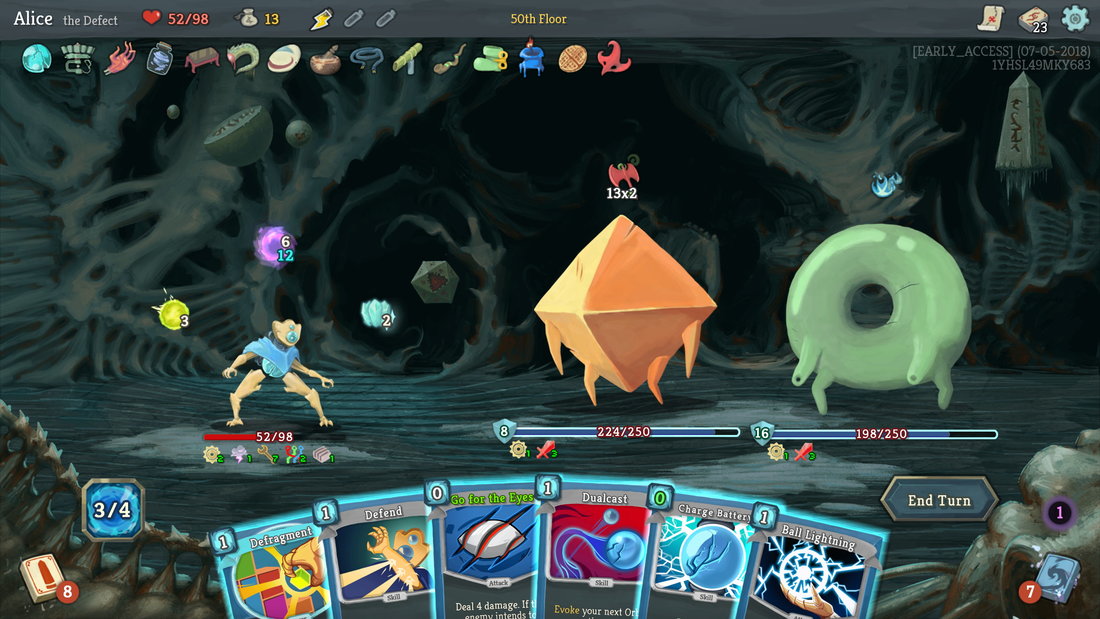
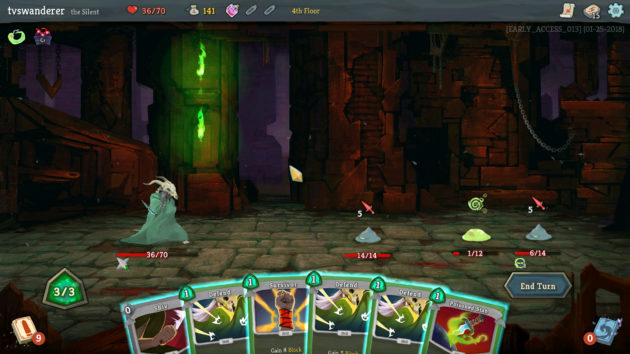
 RSS Feed
RSS Feed